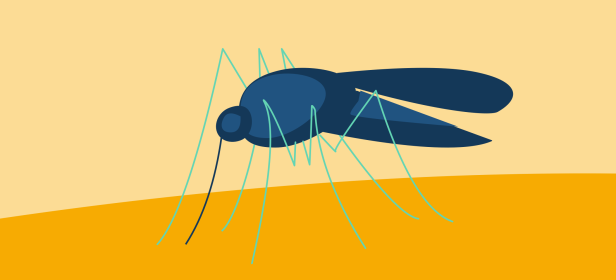
Infection rates are on the rise1
About half of the world’s population is now at risk of dengue infection.1

There are four types of dengue virus
There are four different types of dengue virus, known as serotypes.1 While many dengue infections show no obvious symptoms, any of the four types of the virus could possibly cause mild, or in some cases, severe dengue.2

You can get dengue more than once
There are four serotypes of the virus, so you could be infected more than once.1 And the risk of getting severe symptoms increases if you get a second infection with a different serotype.3

Severe dengue should be treated by medical professionals
While many have no symptoms, some people with dengue may experience flu-like symptoms, pain behind the eyes, rash or nausea. A severe infection means the person may also have more severe symptoms such as stomach pain, bleeding gums, or persistent vomiting (possibly with blood in it).1

Regardless of the size of your community, there is still a risk of dengue
Dengue virus is passed on by mosquitos which live in warmer climates across the world.1 So anywhere there are people, whether that’s a city or a village, the mosquito that carries dengue can thrive – meaning there’s a chance of getting dengue.1,4



